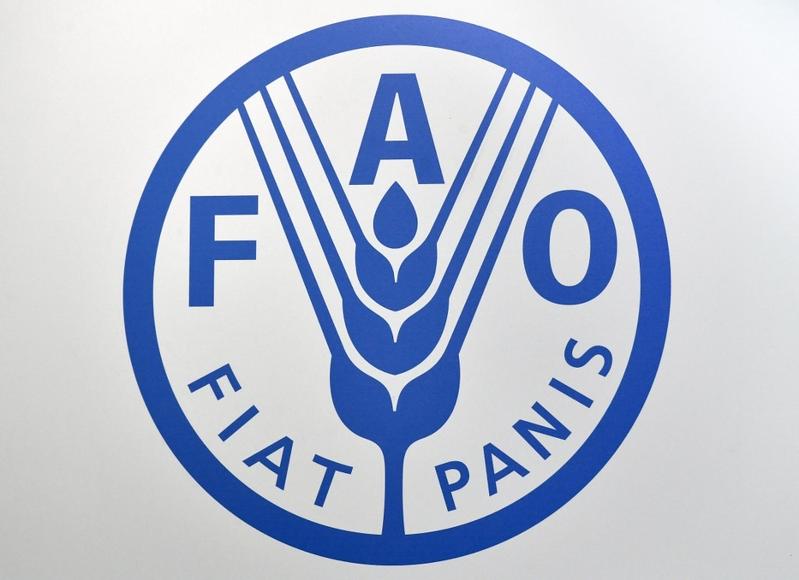 The logo of the Food and Agriculture Organization (FAO) is pictured on June 23, 2019 at the FAO headquarters in Rome. (PHOTO / AFP)
The logo of the Food and Agriculture Organization (FAO) is pictured on June 23, 2019 at the FAO headquarters in Rome. (PHOTO / AFP)
ROME — World food prices fell for a fourth consecutive month in May, hit by the economic fallout of the coronavirus pandemic which has stymied demand, the United Nations food agency said on Thursday.
The Food and Agriculture Organization (FAO) food price index, which measures monthly changes for a basket of cereals, oilseeds, dairy products, meat and sugar, averaged 162.5 points last month, down 1.9 percent on April.
It was the lowest monthly reading since December 2018.
The dairy index dropped 7.3 percent, led by sharp falls in both butter and cheese, partly because of lower import demand.
The Food and Agriculture Organization (FAO) food price index, which measures monthly changes for a basket of cereals, oilseeds, dairy products, meat and sugar, averaged 162.5 points last month, down 1.9 percent on April
ALSO READ: FAO: World food prices fall sharply in April due to coronavirus
The cereal price index slipped 1 percent as coarse grain prices continued their decline, with U.S. maize prices some 16 percent down on the year, and wheat export prices falling, amid expectations of ample global supplies. International rice prices edged higher.
Vegetable oil prices fell 2.8 percent to a 10-month low, while the meat index slipped 0.8 percent. Poultry and pig meat quotations continued to fall, reflecting high export availabilities and despite an increase in import demand in East Asia.
Bucking the general downward trend, the sugar price index jumped 7.4 percent in April largely because of lower-than-expected harvests in some major producers, notably India and Thailand.
FAO also posted its first forecast for the 2020 cereal season, foreseeing global output of 2.780 billion tonnes — a 2.6 percent increase on 2019’s record harvest.
READ MORE: FAO: World food prices climbed to 5-year high in Dec
The UN agency said maize would account for much of the expected increase, rising a predicted 64.5 million tonnes to 1.207 billion tonnes thanks to anticipated record harvests in the United States, Canada and Ukraine, and near-record harvests in Brazil and Argentina.
Rice production was seen reaching an all-time high of 508.7 million tonnes in 2020, up 1.6 percent on 2019.
By contrast, global production of wheat in 2020 was forecast to drop, largely on the back of likely falls in the European Union, Ukraine and the United States, which would offset expected increases in Russian and Australia, FAO said.


